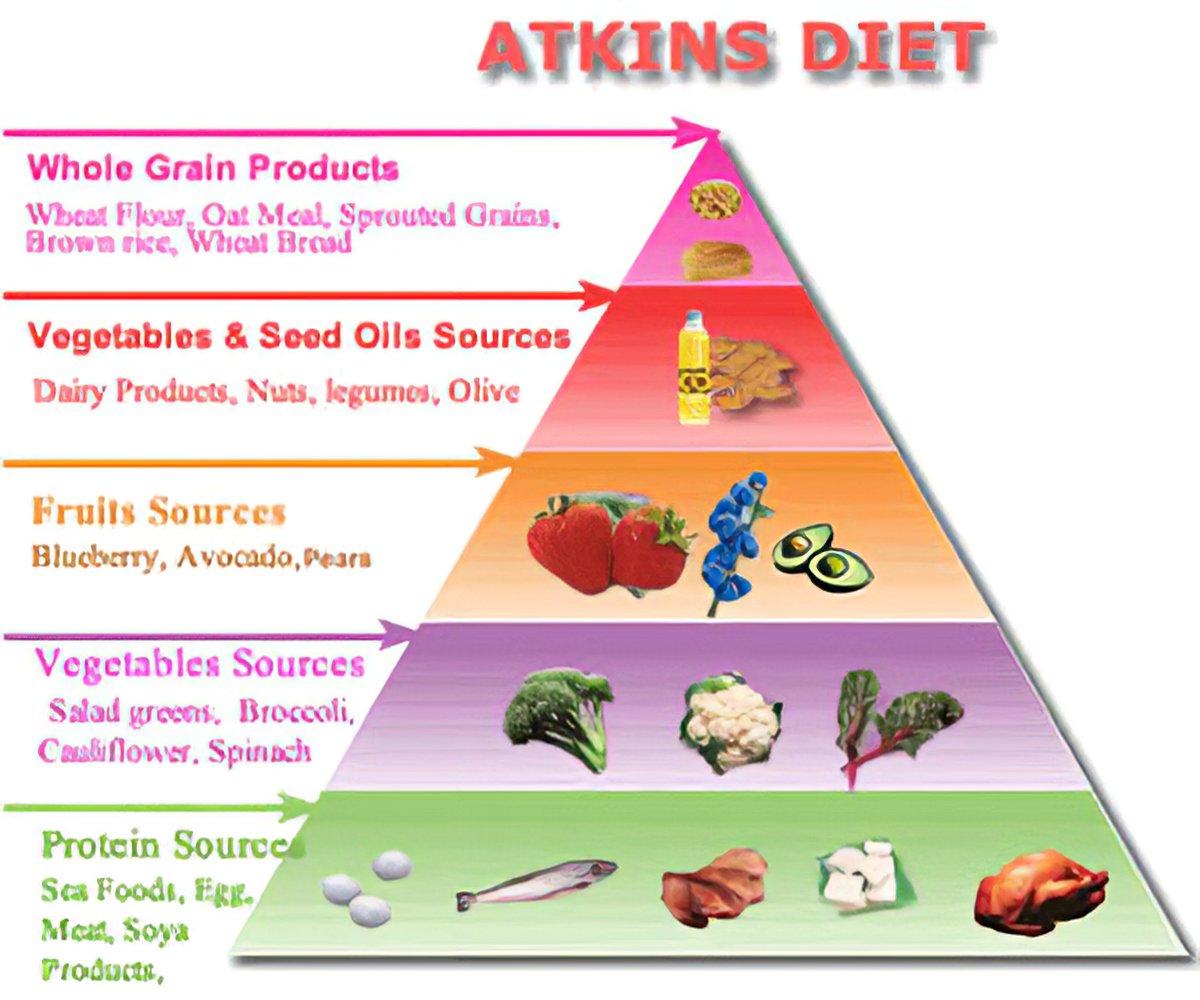In the ever-evolving landscape of dietary trends, two names frequently dominate the conversation: the Atkins and Keto diets. Both have garnered substantial attention for their potential in weight loss and metabolic health improvement, yet they often leave individuals puzzled when deciding which path to pursue. This article aims to demystify the core principles and distinctions between these two low-carbohydrate diets, providing a clear, analytical framework to help you make an informed decision. By examining their origins, nutritional philosophies, and health implications, we will equip you with the knowledge to confidently choose the diet that best aligns with your lifestyle and wellness goals. Whether you’re seeking rapid weight loss, improved energy levels, or better overall health, understanding the nuances of the Atkins and Keto diets is crucial in navigating your dietary journey with confidence and clarity.
Understanding the Core Principles of Atkins and Keto
At the heart of both the Atkins and Keto diets lies a low-carb philosophy, but each follows a unique approach in terms of macronutrient balance and long-term sustainability. The Atkins diet begins with an initial phase of very low carbohydrate intake, similar to Keto, but gradually reintroduces carbs over time as you progress through its phases. This approach allows for a more flexible long-term eating plan, potentially making it easier to maintain in the long run. On the other hand, the Keto diet maintains a consistent focus on high fat and very low carbohydrates to keep the body in a state of ketosis, where it burns fat for energy instead of carbohydrates.
- Carbohydrate Intake: Atkins starts low and increases over time; Keto remains consistently low.
- Focus: Atkins offers more flexibility with food choices as phases progress; Keto is strict with high fat.
- Goal: Atkins aims for gradual weight loss and long-term maintenance; Keto focuses on rapid fat burning.
Choosing between the two largely depends on your lifestyle preferences and how your body responds to carbohydrate intake. Those who thrive on structure and rapid results might gravitate towards Keto, while individuals seeking a more gradual and adaptable approach may find Atkins more suitable.

Evaluating the Impact on Health and Weight Loss
When assessing the potential health benefits and weight loss outcomes of the Atkins and Keto diets, it’s essential to consider how each approach impacts your body and aligns with your personal health goals. Both diets are low-carb, high-fat plans, but they diverge in their carb intake levels and long-term sustainability.
- Atkins Diet: This diet begins with a very low carb intake and gradually increases carbs as you move through its phases. The initial phase can lead to rapid weight loss, but the progressive introduction of carbs may benefit those who prefer more dietary flexibility. It’s designed to shift your body into a state of ketosis initially but allows for more carbs over time, potentially reducing the strain on your metabolism.
- Keto Diet: With a stricter carb limit, usually around 20-50 grams per day, the Keto diet aims to keep your body in a constant state of ketosis. This consistent carb restriction can lead to more sustained weight loss and improved insulin sensitivity. However, maintaining such a low level of carbs can be challenging and may not be suitable for everyone in the long term.
Understanding how your body reacts to these dietary changes is crucial. The Atkins diet may suit those looking for a structured yet flexible approach, while the Keto diet is ideal for those seeking a more rigorous, sustained low-carb lifestyle. Consider consulting a healthcare professional to tailor the diet to your individual needs and health conditions.

Tailoring Dietary Choices to Your Lifestyle and Preferences
Choosing the right diet plan is a personal journey that hinges on your individual lifestyle and preferences. When it comes to the Atkins and Keto diets, both are low-carb, high-fat approaches but with distinct nuances that may sway your decision. Atkins offers more flexibility as it allows for a gradual increase in carb intake over time, making it ideal for those who prefer a phased approach to dietary changes. In contrast, Keto maintains a strict low-carb regimen to keep the body in ketosis, which might suit individuals who enjoy a structured and consistent dietary pattern.
- Flexibility vs. Structure: Atkins allows for progressive carb reintroduction, whereas Keto demands consistent low-carb intake.
- Food Variety: If you enjoy a diverse array of foods and gradual dietary shifts, Atkins might be your go-to.
- Consistency: For those who thrive on routine and immediate results, Keto’s strict regimen could be more appealing.
Understanding these key differences will help you tailor your choice to fit seamlessly into your lifestyle, ensuring long-term adherence and success. Whichever path you choose, the ultimate goal is to find a diet that not only aligns with your health goals but also complements your day-to-day living.

Expert Recommendations for Sustainable Success
When aiming for sustainable success in choosing between the Atkins and Keto diets, it’s essential to consider expert advice to align with your health goals and lifestyle. Nutritional balance is crucial. While both diets emphasize low carbohydrate intake, the Atkins diet gradually increases carbs over time, making it more adaptable for long-term maintenance. In contrast, the Keto diet requires a more consistent, low-carb approach to maintain ketosis, which might be challenging for some. Experts suggest considering the following factors:
- Health Goals: Determine if your primary aim is weight loss, improved metabolic health, or increased energy levels.
- Lifestyle Compatibility: Assess your ability to maintain strict dietary requirements and how each diet fits into your daily routine.
- Long-term Sustainability: Reflect on whether you can commit to the ongoing restrictions and lifestyle changes each diet demands.
Ultimately, consulting with a healthcare professional or a registered dietitian can provide personalized insights, ensuring your choice supports not just immediate results but also long-term health and well-being.
